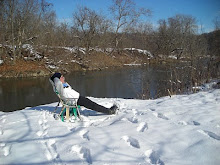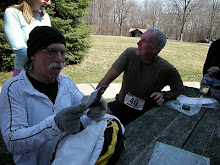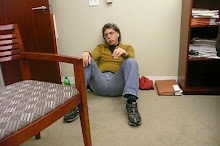JPhoto
A Bell Telephone phone booth stood on the corner of Routes 1 and 193. It was most often used by teenagers calling their pubescent sweethearts in hopes to attain some privacy from their cramped lives. Also, calls were made by some senior citizens living on a modest pension benefit left by a deceased spouse, along with Social Security checks, who did not have telephones in their tiny apartments.
Mrs. Bastone would often walk on Sundays after attending St. Michaels services, and if the air was warm enough, she would stop by the phone booth and call her younger sister, Theresa, who lived around 35 miles south on a pig farm of some 150 acres that her husband had grown up on.
There were times, she would not cross the Route 1 bridge heading south because of a fear she had of them; a restricting trait since she was a teenager when a boy of limited social graces pretended to throw her over a small one raising her up against the railing as they were crossing Crooked Creek. She screamed slapping him across his long, tender, smooth face while issuing a reminder never put a hand on her body ever again. To drive across was easier because the covering of the eyes was a reasonable accommodation to soothe this phobia.
She had devised a solution to quiet her inner fear allowing herself to cross the bridge with cautious success. It was an ingenious plan to get back home, by foot, otherwise the distance would be, at least, double as highway 193 west looped away from Beener Creek saving those afraid to cross bridges by foot from having to do so.
With the use of a tube of epoxy and one of hardener, which Mrs. Bastone was very familiar with, since she repaired broken chinaware for those that cared, affixed a St. Christopher medal to the back side of the decorative Gothic embossed Rococo style abstract embedded into the cast iron post cap on the end of the dingy white painted railing lining the sidewalk along the bridge. The cap stood upon the tall end post just a few inches above the height of her head forcing her to raise her arms to eye level in order to take the kiss from her lips to finger tips and then, onto the medal. This symbolic action transferred her fear of crossing the bridge onto the medal allowing her to do so with a sense of security.
As she crossed the Beener Creek bridge in her flat black church shoes wearing the lovely beige cashmere sweater Theresa bought her on the day she turned 70, which she often used as a jacket on such days, Mrs. Bastone began to think how in just a few years from now so much in and around this town will change. What brought all this to mind was how the Salmon Lodge on the corner of the bridge, which was filled with pictures of local fisherman, nets hanging from the ceiling, high-backed wooden booths with dark brown vinyl seat covers, stood next to the phone booth that often rang during the night with callers looking to connect with a familiar voice, was a gathering place for couples to go on Saturday night, for a few hours, just before the Second War broke, and even after those that came home did, to order delicious salmon cakes caught during spawning season right about this time of year. And now, the Salmon Lodge, a place that thrived for so long with memories so vivid in her mind today, has become a decaying relic of the town’s past. (Maximum word count 650)






